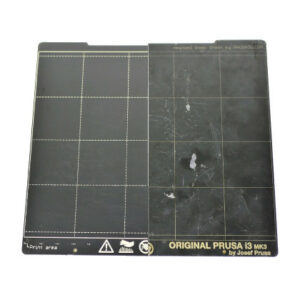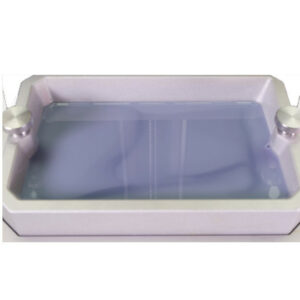Colour bleeding


Stringing or oozing, also known as "hairy prints", is the name given for when small strings of filament are left on a printed model. This usually happens when the filament ...

This is by far the most common 3D printing problem, and probably the first one you may encounter. The first layer is the essential one because it is the base ...

The 3DBenchy is a 3D model designed by CreativeTools specifically for testing and benchmarking 3D printers. And everyone wants to know, how to print a perfect Benchy. Ever since it’s ...

Each Original Prusa printer is shipped with a bundle of sample G-codes. These G-codes are tested and tailored specifically for your printer model and can be used to see the ...

Layer shifting is a printing issue that causes the layers of the printed object to shift from their intended positions. It is usually associated with an abnormal movement of the ...

You can recognize under extrusion when there is material missing in your print’s layers. Printed objects with under extruded layers can be fragile and tend to break apart. There could ...

When printing large objects, you can sometimes run into an issue with the corners of the object being lifted from the bed – mostly when printing with high-temperature materials such ...

Bridging is a term for printing layers over thin air without the use of supports. It may sound like an impossible feat, but with our printers, it’s not that difficult. ...

If the print does not appear on the printing platform, nor at the bottom of the resin tank, there are a couple of possible causes: Highly insufficient exposure times Old or separated ...

This refers to the de-lamination of the printed layers. It is mostly caused by an incorrect preset/(custom)profile with wrong temperatures and/or too much cooling from either the print fan or ...
If you have a question about something that isn't covered here, check out our additional resources.
And if that doesn't do the trick, you can send an inquiry to [email protected] or through the button below.